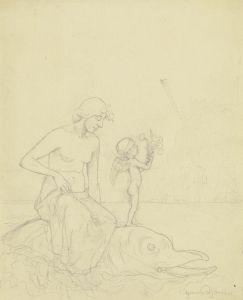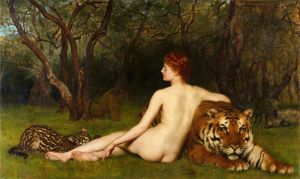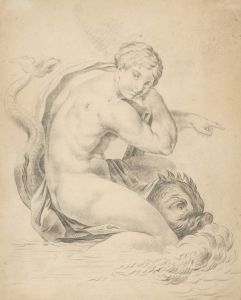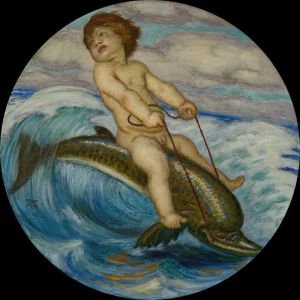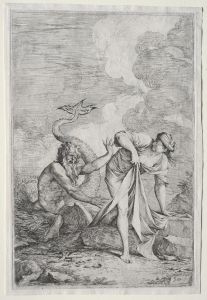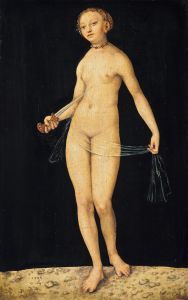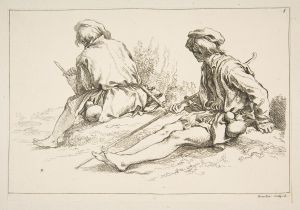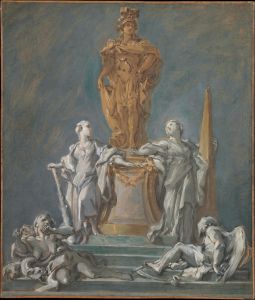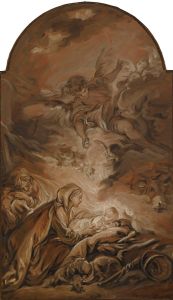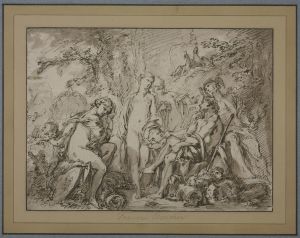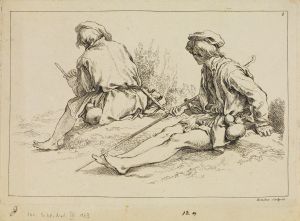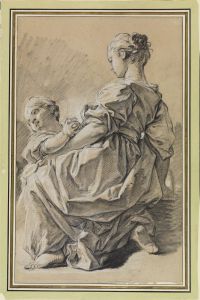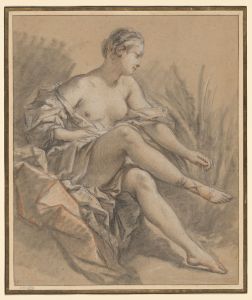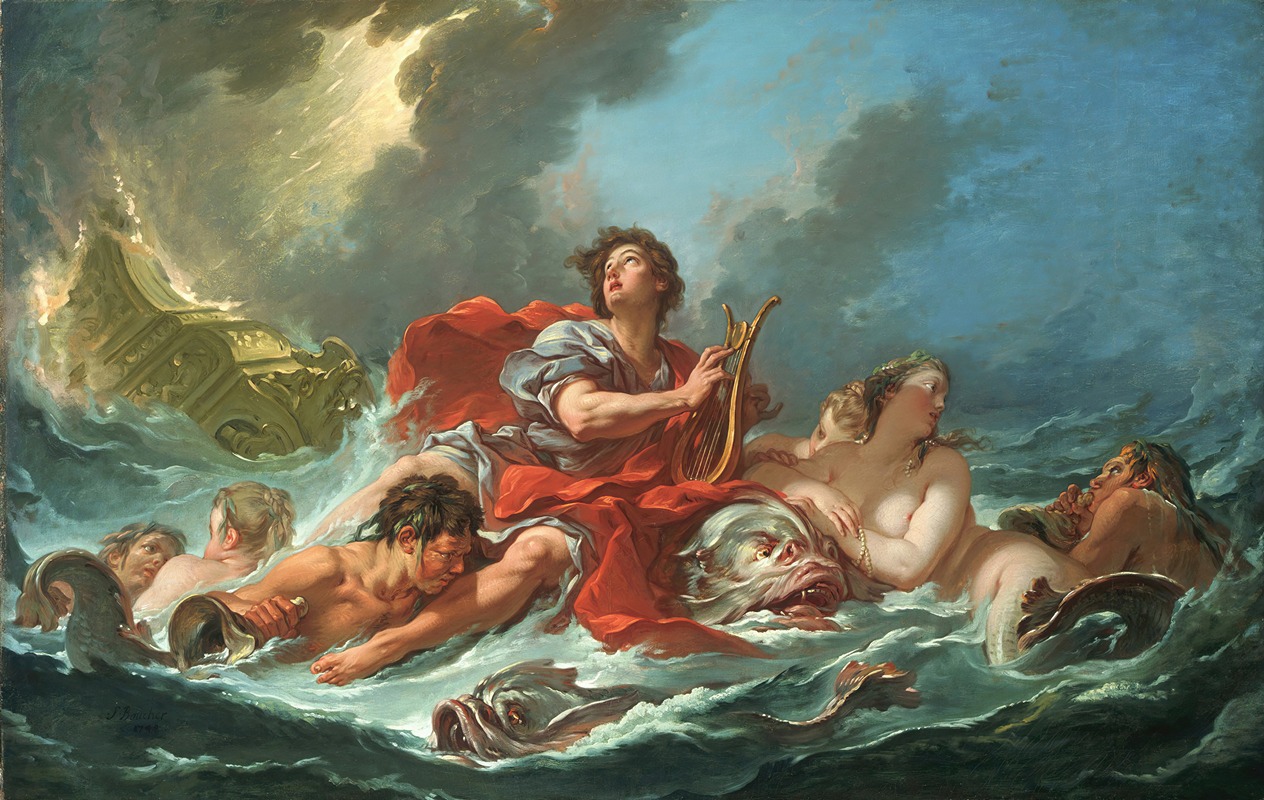
Arion on the Dolphin
A hand-painted replica of François Boucher’s masterpiece Arion on the Dolphin, meticulously crafted by professional artists to capture the true essence of the original. Each piece is created with museum-quality canvas and rare mineral pigments, carefully painted by experienced artists with delicate brushstrokes and rich, layered colors to perfectly recreate the texture of the original artwork. Unlike machine-printed reproductions, this hand-painted version brings the painting to life, infused with the artist’s emotions and skill in every stroke. Whether for personal collection or home decoration, it instantly elevates the artistic atmosphere of any space.
François Boucher, a prominent French painter of the Rococo style, created the artwork "Arion on the Dolphin" in the 18th century. Boucher, known for his idyllic and voluptuous paintings, often drew inspiration from classical mythology and pastoral scenes, which is evident in this particular work.
"Arion on the Dolphin" depicts the ancient Greek myth of Arion, a legendary musician and poet. According to the myth, Arion was a talented kitharode, or lyre player, who lived during the 7th century BC. He was said to have been born in Methymna on the island of Lesbos and became famous for his musical prowess. The story goes that Arion won a musical competition in Sicily and was returning home with his prize money when the sailors on his ship plotted to kill him and steal his winnings. In a desperate attempt to save himself, Arion asked to sing one last song. As he sang, he leapt overboard, and a dolphin, charmed by his music, rescued him and carried him safely to shore.
Boucher's painting captures the moment of Arion's miraculous rescue. The composition is characterized by its dynamic movement and the graceful forms typical of Boucher's style. Arion is depicted seated on the back of a dolphin, his lyre in hand, as the creature glides through the waves. The scene is imbued with a sense of drama and elegance, with the swirling waters and the flowing lines of Arion's garments adding to the sense of motion.
The use of color in "Arion on the Dolphin" is typical of Boucher's work, with soft pastels and delicate hues that create a dreamlike atmosphere. The artist's attention to detail is evident in the rendering of the dolphin's sleek body and the intricate patterns of Arion's clothing. Boucher's skillful use of light and shadow adds depth to the composition, enhancing the three-dimensionality of the figures.
As a Rococo artist, Boucher's work often emphasized themes of beauty, pleasure, and the fantastical, and "Arion on the Dolphin" is no exception. The painting reflects the Rococo aesthetic with its emphasis on movement, fluidity, and the playful interaction between the human and natural worlds. Boucher's interpretation of the Arion myth highlights the power of music and art to transcend danger and adversity, a theme that resonated with the sensibilities of the time.
"Arion on the Dolphin" is a testament to Boucher's mastery of the Rococo style and his ability to bring mythological subjects to life with grace and charm. The painting remains an enduring example of 18th-century French art and continues to be appreciated for its artistic and historical significance.





